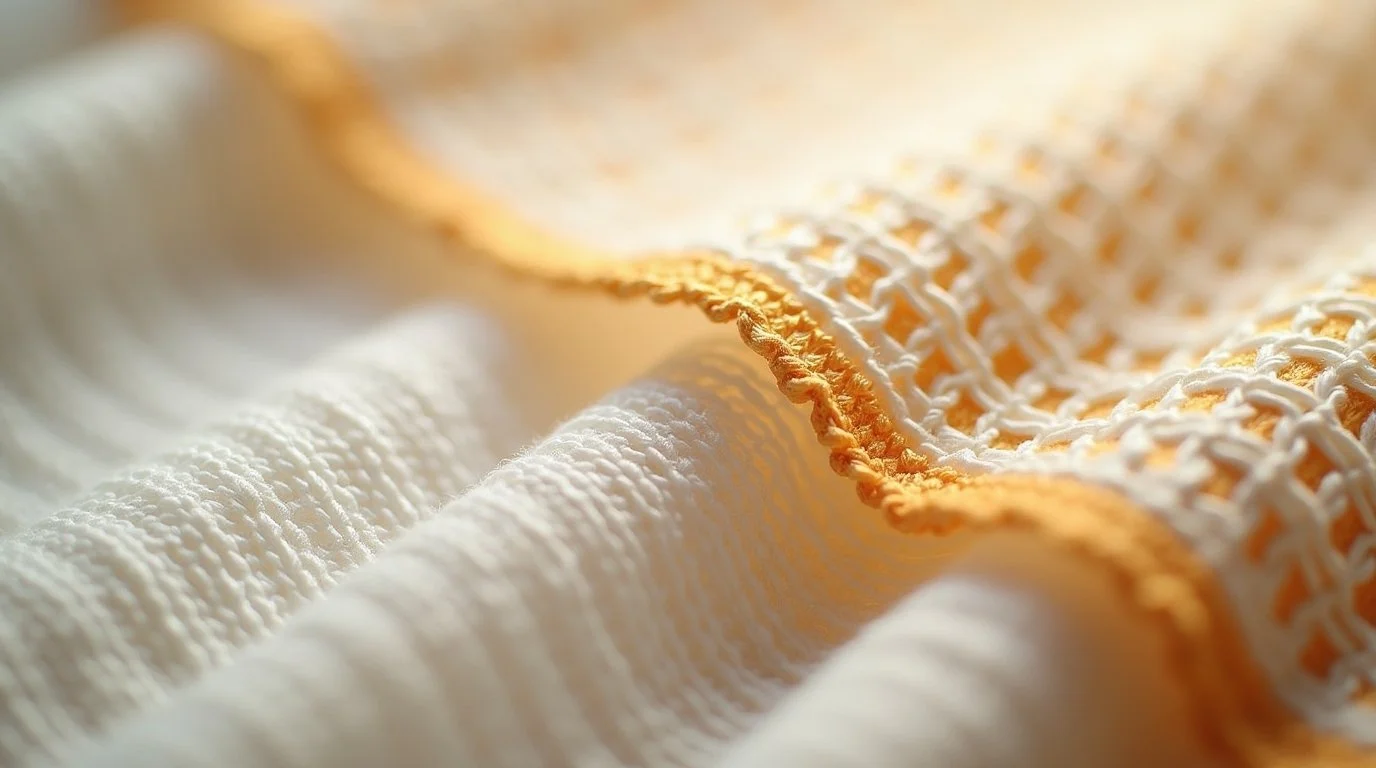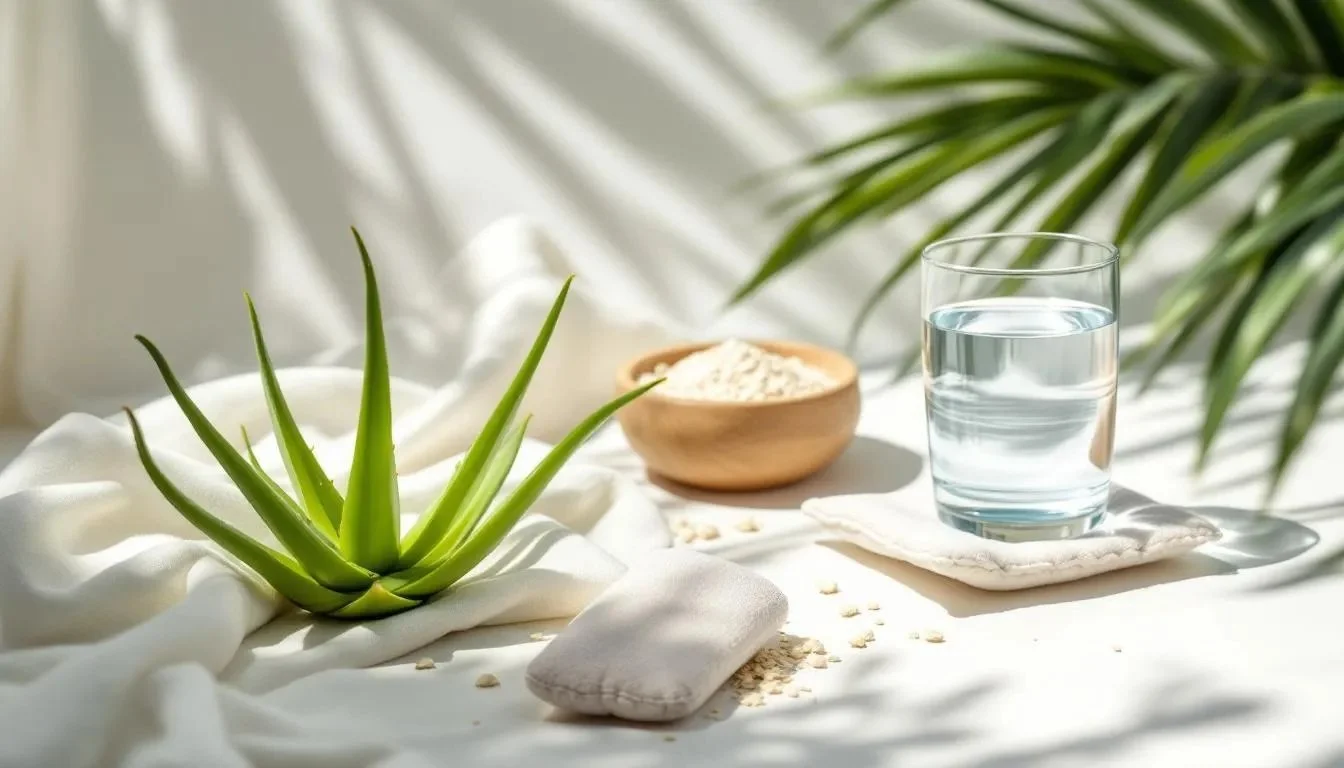How to Prevent Sunburn Naturally: Expert Dermatologist-Approved Methods
Sunburn is more than just a temporary discomfort—it's your skin's way of telling you that serious damage has occurred. While sunscreen is essential, many people prefer to explore natural sunburn prevention methods that work alongside or as alternatives to chemical protection. The good news is that there are numerous dermatologist-approved natural strategies that can effectively shield your skin from harmful UV rays.
Quick Answer: Natural sunburn prevention includes seeking shade during peak hours (10 AM-4 PM), wearing protective clothing with UPF ratings, using wide-brimmed hats and UV-blocking sunglasses, timing outdoor activities wisely, and incorporating natural ingredients like zinc oxide and titanium dioxide sunscreens. These methods, combined with proper hydration and gradual sun exposure, can significantly reduce your risk of sunburn.
Understanding Why Natural Prevention Matters
Your skin is your body's largest organ and your first line of defense against environmental damage. When UV rays penetrate the skin, they cause immediate cellular damage that triggers inflammation—the redness and pain we recognize as sunburn. This damage accumulates over time, leading to premature aging, dark spots, and increased skin cancer risk.
Natural prevention methods work by creating physical barriers, limiting exposure duration, and supporting your skin's natural defense mechanisms. Unlike some chemical sunscreens that absorb UV rays after they penetrate the skin, natural prevention methods stop damage before it starts.
Research shows that even one blistering sunburn during childhood can double your lifetime risk of melanoma. This is why establishing natural sun protection habits early and maintaining them throughout life is crucial for long-term skin health.
The Foundation of Natural Sunburn Prevention
Timing: Your Most Powerful Natural Tool
The sun's UV rays are strongest between 10 AM and 4 PM, when the sun is highest in the sky. During these peak hours, UV radiation can be up to 10 times more intense than early morning or late afternoon. Planning your outdoor activities during safer hours is the most effective natural prevention method.
Early morning (before 10 AM) and late afternoon (after 4 PM) provide the perfect opportunity for outdoor activities with significantly reduced UV exposure. The golden hour just before sunset not only offers beautiful lighting but also minimal sun damage risk.
The Shadow Rule
Here's a simple natural test: if your shadow is shorter than you are tall, the sun's rays are strong enough to cause sunburn quickly. When your shadow is longer than your height, UV exposure is lower and safer for extended outdoor time.
Seek and Create Natural Shade
Natural shade from trees provides excellent UV protection, blocking up to 95% of harmful rays. However, not all shade is created equal. Dense foliage offers better protection than sparse leaves, and you should be aware that some UV rays can still reach you through reflection from surrounding surfaces.
When natural shade isn't available, create your own using umbrellas, canopies, or portable shade structures. Beach umbrellas should have UPF (Ultraviolet Protection Factor) ratings for maximum effectiveness.
Natural Clothing and Accessory Protection
The Science of Protective Clothing
Your clothing is your first natural barrier against UV rays. Tightly woven fabrics provide better protection than loosely woven materials. You can test this by holding fabric up to a light—if you can see through it, UV rays can penetrate it too.
Dark colors (navy, black, red) and bright colors absorb more UV radiation than light colors, offering superior protection. However, for hot climates, light-colored UPF-rated clothing provides protection while keeping you cooler.
Natural Fiber Advantages
Cotton, linen, and hemp offer natural UV protection, especially when tightly woven. These breathable natural fibers are comfortable in hot weather while providing sun protection. Look for garments with UPF ratings of 30 or higher for optimal protection.
Essential Natural Accessories
Wide-Brimmed Hats: A hat with at least a 4-inch brim all around protects your face, ears, and neck—areas commonly missed by sunscreen application. Natural materials like tightly woven straw or cotton canvas work excellently.
UV-Blocking Sunglasses: Protect the delicate skin around your eyes and prevent squinting, which can deepen expression lines. Look for sunglasses that block 99-100% of both UVA and UVB rays.
Cover-Ups: Lightweight, long-sleeved shirts and pants made from natural fibers provide excellent protection while remaining comfortable in warm weather.
Natural Sunscreen Alternatives and Supplements
Mineral-Based Natural Sunscreens
Zinc oxide and titanium dioxide are naturally occurring minerals that provide broad-spectrum protection by sitting on top of your skin and reflecting UV rays. These physical blockers start working immediately upon application and don't require the 15-30 minute wait time of chemical sunscreens.
The EltaMD UV Clear SPF 46 contains zinc oxide and is an excellent choice for those preferring mineral-based protection. It's gentle enough for sensitive skin while providing robust protection.
Natural Internal Protection
While not a replacement for external protection, certain foods and supplements can boost your skin's natural defense mechanisms:
Beta-carotene-rich foods like carrots, sweet potatoes, and leafy greens help support skin health from within. Lycopene from tomatoes and watermelon provides antioxidant protection. Green tea contains polyphenols that may help protect against UV damage.
Omega-3 fatty acids from fish, walnuts, and flaxseed help maintain skin barrier function and may reduce inflammation from sun exposure.
Gradual Exposure: Building Natural Tolerance
Your skin can develop some natural protection through gradual, controlled sun exposure. Start with very short periods (5-10 minutes) in the sun, gradually increasing exposure time over several weeks. This allows your skin to produce more melanin naturally, providing some built-in protection.
However, this should never be your only protection method, and people with very fair skin or a history of skin cancer should avoid this approach entirely.
Natural Sunburn Treatment Methods
Immediate Natural Relief
If prevention fails and sunburn occurs, these natural remedies can provide relief:
Aloe Vera: Fresh aloe gel directly from the plant provides cooling relief and contains compounds that help repair damaged skin. ADAM Calm Cream contains soothing ingredients that can help calm irritated skin.
Cool Compresses: Apply cool, damp cloths to sunburned areas for 15-20 minutes several times daily. Avoid ice directly on skin, which can cause further damage.
Colloidal Oatmeal Baths: Add finely ground oats to cool bathwater and soak for 15-20 minutes. Oatmeal contains compounds that reduce inflammation and soothe irritated skin.
Natural Hydration: Sunburn draws fluid from the rest of your body to the skin's surface. Drink extra water and apply gentle, fragrance-free moisturizers while skin is still damp to lock in hydration.
When Natural Methods Need Professional Support
While natural prevention and treatment methods are highly effective, some situations require professional dermatological care:
Professional Skin Assessment
Annual skin cancer screenings are essential, especially if you've had previous sunburns. Dr. Monica Rani at Advanced Dermatology & Aesthetic Medicine can assess your skin's condition and recommend personalized protection strategies.
Advanced Treatment for Sun Damage
If you've experienced significant sun exposure in the past, professional treatments can help repair damage:
Chemical peels can address sun spots and uneven skin tone
Laser treatments can target deeper sun damage and broken capillaries
Microneedling with PRP can help regenerate healthy skin cells
When to Seek Immediate Care
Seek professional medical attention immediately if you experience:
Blistering over large areas of skin
Fever, chills, or nausea after sun exposure
Signs of infection in sunburned areas
Severe pain that doesn't improve with natural remedies
Building Your Natural Sun Protection Routine
Daily Habits for Year-Round Protection
Sun protection isn't just for beach days. UV rays can damage your skin even on cloudy days and through windows. Incorporate these natural habits into your daily routine:
Morning preparation: Check the UV index, choose appropriate clothing, and plan outdoor activities during safer hours.
Midday awareness: Take shade breaks every 30 minutes when outdoors during peak hours.
Evening care: Moisturize sun-exposed skin and assess any areas that may have received excess exposure.
Seasonal Adjustments
Adjust your natural protection strategies based on the season and your activities. Winter sports require different protection than summer beach days, but UV exposure can be significant year-round, especially with snow reflection.
Creating a Comprehensive Natural Protection Plan
The most effective approach combines multiple natural prevention methods rather than relying on any single strategy. Layer your protection by timing activities appropriately, wearing protective clothing, seeking shade regularly, and supporting your skin's health from within.
Remember that consistency is key—one day of excellent protection won't undo years of sun damage, but consistent daily habits can significantly reduce your lifetime risk of skin cancer and premature aging.
Frequently Asked Questions About Natural Sunburn Prevention
Can I get enough vitamin D while preventing sunburn naturally?
Yes, you can maintain healthy vitamin D levels through brief, early morning sun exposure (before 10 AM), dietary sources, and supplements when necessary. Ten to fifteen minutes of morning sun several times per week is often sufficient for vitamin D synthesis without significant sunburn risk.
Do natural fabrics really provide UV protection?
Tightly woven natural fabrics can provide excellent UV protection. A typical white cotton t-shirt has an SPF of about 5-9, while tightly woven dark cotton can provide SPF 15 or higher. For maximum protection, look for natural fabrics with official UPF ratings.
How effective is shade compared to sunscreen?
Dense shade can block 95% or more of UV rays, making it extremely effective for prevention. However, some UV radiation can still reach you through reflection from sand, water, or concrete, so combining shade with other natural protection methods is ideal.
Can I build up a natural tan for protection?
While gradual sun exposure can increase melanin production, even a deep tan only provides equivalent protection to about SPF 4. This minimal protection isn't sufficient to prevent long-term damage, and the process of tanning itself causes DNA damage to skin cells.
What natural ingredients should I avoid after sun exposure?
Avoid applying citrus oils, vinegar, or alcohol-based products to sunburned skin, as these can increase irritation. Stick to gentle, natural remedies like aloe vera, oatmeal, and cool water for the safest treatment approach.
Summary
Natural sunburn prevention combines strategic timing, protective clothing, shade-seeking behavior, and supporting your skin's health from within. The most effective approach uses multiple methods together: avoiding peak sun hours, wearing tightly woven natural fabrics, seeking or creating shade, and maintaining proper hydration. When prevention fails, natural treatments like aloe vera, cool compresses, and oatmeal baths can provide relief while supporting skin healing.
Ready to develop a personalized natural sun protection strategy that works for your lifestyle? The experienced team at Advanced Dermatology & Aesthetic Medicine can assess your skin type, evaluate any existing sun damage, and recommend the best combination of natural and professional protection methods. Dr. Monica Rani specializes in helping patients maintain healthy, protected skin through all seasons. Schedule your consultation today and take the first step toward comprehensive, natural sun protection that will keep your skin healthy for years to come.




